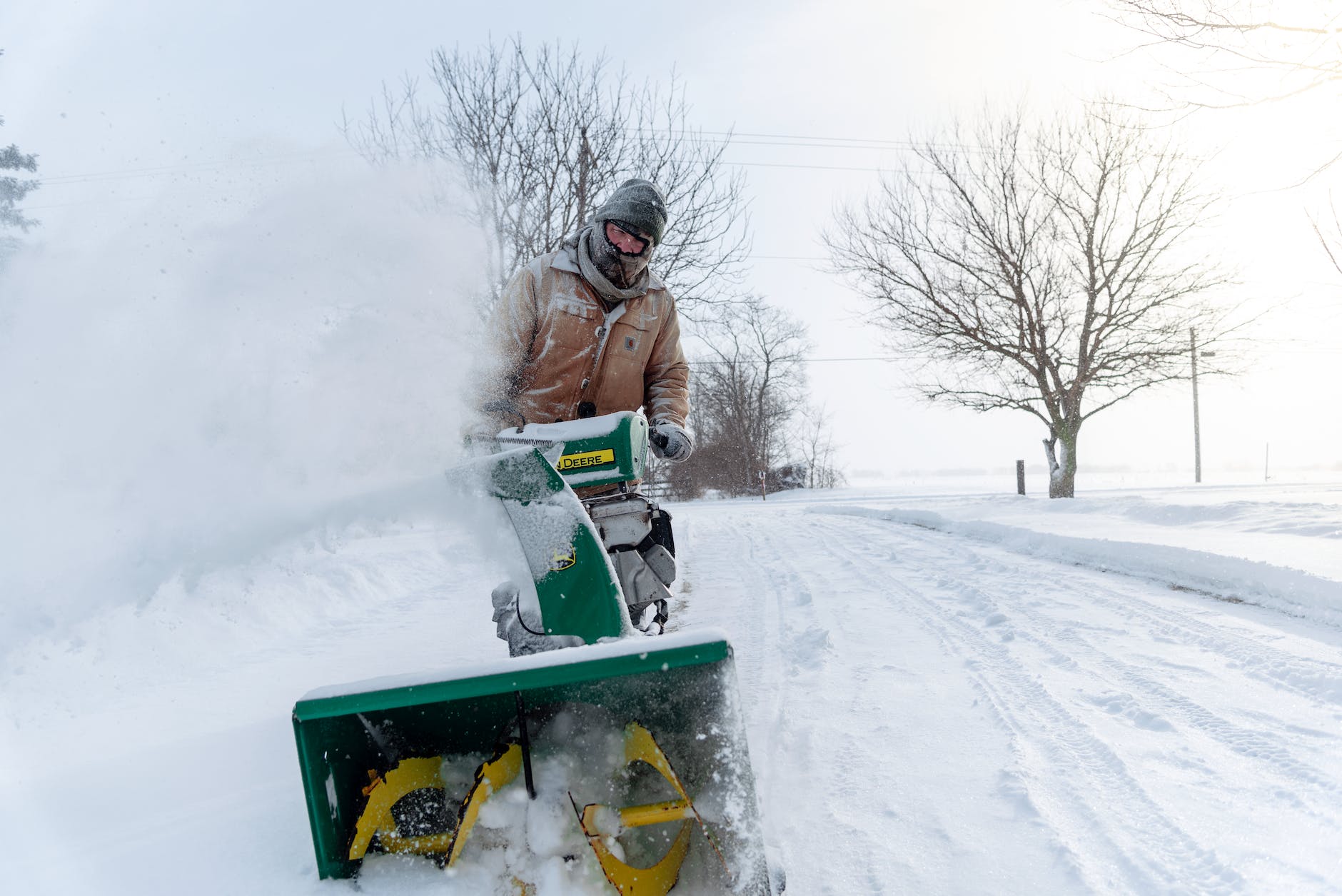It’s really quite simple to prime a snowblower, even if you don’t have a primer bulb.
What is the purpose of the primer bulb?
The primer bulb “primes” the fuel system (hence the name). In reality, it’s injecting a small amount of fuel directly into the carburetor.
This creates a “rich” air/fuel ratio to aid in starting the engine, especially when it’s cold.
How does a primer bulb work?
It’s a misconception that the primer bulb is “sucking” fuel into the carburetor. In reality, it’s pushing air into the fuel tank, which causes the fuel to be pushed into the carburetor.
Therein lies the problem. If there is a leak somewhere, the primer bulb will be useless.
This is more commonly encountered than simply missing the primer bulb altogether.
Where does air leak?
The most common air leak is the primer bulb itself. The bulb should be soft and supple so that it can spring back to its normal position.
Like all plastic/rubber, primer bulbs will harden over time. This can cause them to deteriorate to the point of cracking. Once that happens, it needs to be replaced.
A crack in the primer bulb will cause the air to escape as it seeks the path of least resistance. Therefore, no fuel will be pushed from the tank.
Another source of leaking can be the fuel tank gasket directly under the carburetor, or the fuel tank cap gasket. Both of these gaskets can also harden over time.
Like the primer bulb, the gaskets need to be soft to close any gaps present between materials. Once they harden, they’re no longer flexible enough to compensate.
The last source of air leaks is less common, but possible nonetheless. And that is the fuel tank itself. A crack or hole in the tank will be enough for air to escape and render the primer bulb ineffective.
How to fix an air leak on a snowblower
Fixing the problem is simply a matter of determining where the failure is and replacing the part.
When you push the primer bulb in, there should be a little bit of resistance. If you can easily push it in, and you can hear air escaping, then you know that there’s a leak.
Inspect the various components of the fuel system to determine where the air is leaking. If you’re having a difficult time, you can spray down the area with a soapy water solution to see where the bubbles come from.
Once you’ve found the culprit, go ahead and replace it. I recommend replacing all of the gaskets and the primer bulb itself at this point.
If the machine is old enough for one of them to fail, it’s only a matter of time before another one does, so you may as well replace them all.
How to prime a snowblower without a primer bulb
While repairing the issue is good for the long term, you might need a temporary fix to get your snowblower fired up, today.
The good news is that you can still easily prime the fuel system even without the primer bulb.
Since the function of the primer bulb is to inject a small amount of fuel into the carburetor, we can simply bypass the primer and inject fuel directly into the carburetor itself.
There are two ways to do this, and it depends on your machine and what’s most easily accessible.
Method 1
The first method involves removing the spark plug and applying a small amount of fuel directly into the combustion chamber.
This bypasses the carburetor altogether and creates a rich environment to aid combustion in the chamber.
Keep in mind that it doesn’t take a lot of fuel to start an engine this way; the more fuel you insert, the longer it will run until it can draw its own fuel.
But there’s a flip side – if you put too much in, then you run the risk of flooding the engine, and then you’ve got to deal with that.
I have a large syringe that I keep on hand for testing engines this way, and I usually put in 5-10ml of fuel through the spark plug hole.
All that being said, this method works well, but it can be a pain to remove and reinstall the spark plug every time. For that reason, I prefer the next method.
Method 2
This second method works well as long as you have access to the intake side of the carburetor.
Since most snowblowers don’t have an air cleaner, typically there’s decent access to the intake side. Again, it depends on your machine.
Once you’ve identified the intake side of the engine, you can squirt some fuel into the carburetor and let it do its thing.
Or, you can use an aerosolized product like carb cleaner or brake cleaner (anything flammable).
I prefer doing it this way simply for the fact that it’s easier to spray the fuel into the carburetor than to squirt a liquid. Plus, with the little straw nozzle, you can direct the stream around any obstacles.
Recap
Once the engine has fired up from the fuel that you’ve injected (using either method), it should continue to draw and run on its own fuel.
Obviously, this is a quick fix if you’re in a pinch; the responsible thing to do is to repair it correctly.
Did I forget anything? Let me know in the comments below!
As an Amazon Associate I earn from qualifying purchases.
